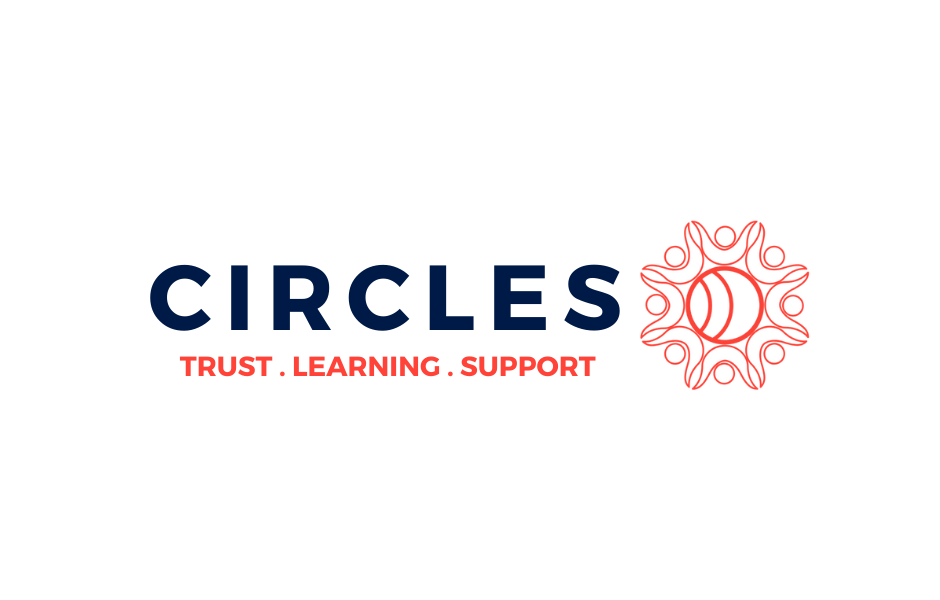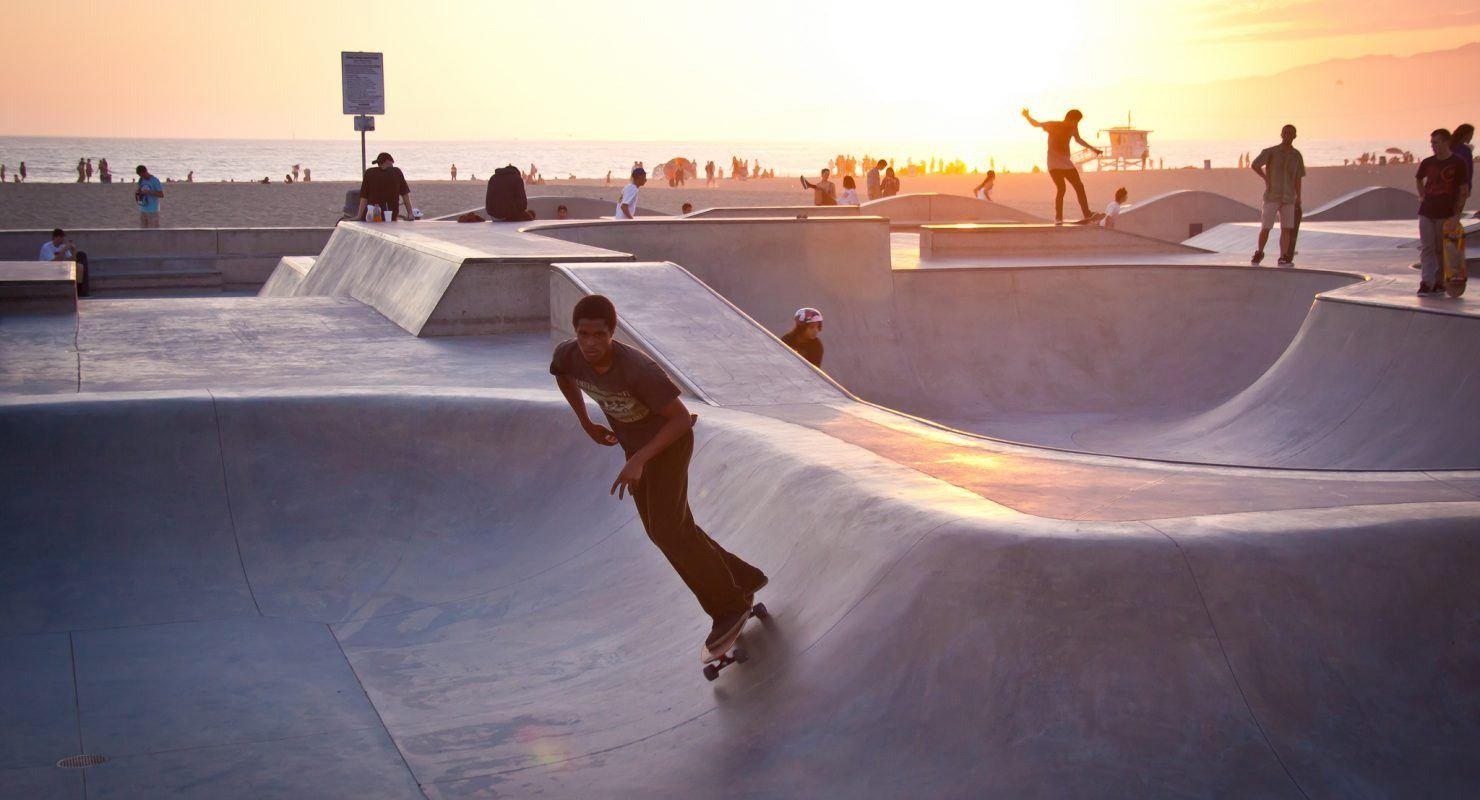Empower Your Audience By Handing Them the Mic
Jon Mitchell
Burning Man Project
Dominique Debucquoy-Dodley
Burning Man Project
Key Takeaways:
The importance of listening to and learning from your audiences (as opposed to speaking at them).
How to create channels for community-inspired content and conversations.
How giving our audiences room to tell their stories is sometimes more powerful than communicating our messages through traditional, top-down channels.
Slide Deck:
Breakout Notes:
Contact info: communications@burningman.org
Burning man started as an event production company, now it’s a full-fledged non-profit.
Rooted in ten principles
Think of audience as a culture more than an audience
Culture has values–our audience isn’t tuning in, they are engaging
Burning man ‘staff’ includes not just people who are paid but the thousands of volunteers who contribute.
Three Key Lessons:
“Creating platforms for your audiences to share their stories will help you understand your community.”
“Promoting your audience’s work builds community.”
“Learning from audience helps your comms team remain nimble and in-the-know and keeps your voice and messaging relevant”
History of Burning Man
Started at SF Baker Beach in 1986
The ‘Man’ became a symbol of the community
Hard to separate the imagery of burning man from the message of it.
To keep things safe, developed ways of communicating to attendees.
Gathering grew from around 100 to a city of 80,000.
Even as volunteer groups grew and developed and became more official, communications grew organically
Participants wanted to protect culture from media–volunteers created ‘Media Mecca’ and official media policies.
Processes 150 media requests per year
Manages 24-hour Black Rock City radio station
Census team volunteers collect demographic information
Manages first-party storytelling channels
Group Discussion
Answer these two questions:
What are three underlying principles of your organizations work culture?
What’s something that your comms team does that takes way too much time and effort?
How Burning Man Gives Their Audience the Mic
Takeaway: Burning Man’s comms team focuses on making sure that even though they’ve grown, they still espouse, use and reflect the values they came from. Their communication tools and strategies reflect that.
Burning Man’s 10 principles:
Radical inclusion
Decommodification
Gifting
Radical self-reliance
Communal effort
Leaving no trace
Participation
Immediacy
Radical self-expression
Civic responsibility
Giving the audience the mic is reflected in radical self-expression and radical self-reliance
Engagement tools
Email: Jackrabbit Speaks email list (214,000 subscribers), daily digest of Journal (‘blog’ posts)
Photo/video: instagram all from participants, youtube features participant art
Social: useful but not core to how we communicate as a culture and we do not monetize traffic
Websites: Burningman.org, Journal: ‘paper of record for Burning Man culture’ (like a blog but beyond) – includes about 10-20 posts (about half community-produced) daily.
Example: Finnish researchers who wanted to collect stories. ‘Burning Stories’ is the product–comms team facilitates and promotes but is otherwise hands-off, not involved in production.
Tools are chosen and guided by the principles that guide our organization.
Group Discussion
How did you choose your tools? Because they were a good fit? Do you have a blog because you’re supposed to have a blog?
We get more engagement when we give our participants the power to drive the story.
Participant-driven engagement feels more ‘authentic’
Guest posts, twitter or instagram takeovers.
Proof that it works: more legitimate, positive coverage than they got in the early 2000s.
Questions
Q: How do you address quality?
A: Jon’s job is quality control. “We think of ourselves as a service to the community…one of the services we can provide is helping them do what they want to do.” Staff chooses what to spotlight. On the journal, we try not to have Burning Man as the byline.
Q: What’s the percentage of the content that comes from participants vs. staff?
A: “That’s a funny question because we’re participants too.” About 50 percent comes from the comms team and half comes from outside.
Q: How do you keep the momentum from the annual event going around the year?
A: They talk about it a lot. People leave the event and the communities that were built around an art piece or a camp are continued, digitally or otherwise. There are no official, staff-managed groups, but there are hundreds of other digital spaces. “Our job is to keep tabs on those and get a sense of what people are talking about.”
Q: Where does the money come from?
A: It’s not all about ticket sales. Also philanthropic engagement team that finds donors to support the mission. The donor base grows every year.
These notes were captured by The Communications Network and have been reviewed by the presenters. ComNet18 Breakout Session notes were made possible thanks to the generous support of the Kalliopeia Foundation.




